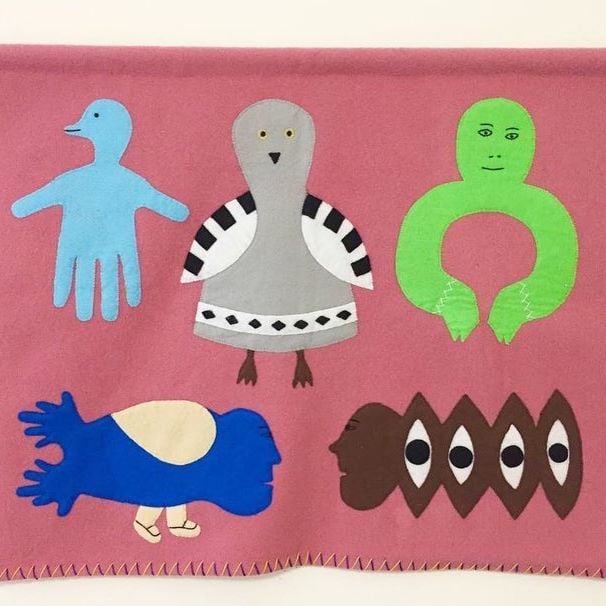It’s rare for a business to voluntarily decide to give up part of its profits. But a little auction house in Canada has done just that—because it believes that business as usual in the art market is unfair. This fall, Peter Estey Fine Art decided to begin paying resale royalties to artists whose works they sold at auction, even though they are not required to do so under Canadian law.
The small auction house, which was founded just two years ago, does not sell expensive artworks by any stretch—prices typically range between CA$100 and $2,500 ($75 to $1,880). But that’s the point, according to its founders. “One of our mandates is to demystify the auction experience and allow people to buy secondary market work affordably,” say Jay Isaac and Caitlin Lapeña, who co-direct the Toronto-based business. They had their first sale that included an artist resale royalty of five percent this September.
North America remains one of the rare parts of the world without a mandated resale royalty for visual artists, although it exists in other creative fields (most notably, music). Outside of the United States and Canada, visual artists in as many as 70 countries—including those in the European Union and the UK—are entitled to a portion of the proceeds when their work is resold at auction. (Transactions in California used to be subject to such a law, but the rule was struck down definitively in court last year.)
The size of the royalty varies from country to country. In France, the percentage depends on the value of the work: there is a four percent levy on artworks valued up to €50,000 ($55,000), but just 0.25 percent for works costing more than €500,000 ($550,000). Last year, Christie’s France won a major lawsuit over who should pay the fee, definitively placing the onus on the collector.
Of course, Peter Estey Fine Art’s payouts are so small that they are largely symbolic, and the emerging auction house is happy to pay it out of their cut. From that first online sale this fall, $15 will be paid to the estate of indigenous Ojibwa artist Carl Beam for a mixed-media work on paper that sold for $300. Another $20 will go to the estate of Nunavut-based Martha Haqpi following the $400 sale of her felt wall-hanging. These numbers are minuscule compared to major auctions in Canada and the US, but the directors maintain that their decision is about financial support as well as giving artists a “sense of empowerment.”
The Pushback
Not everyone believes resale royalties are a good thing. Some caution that the added fee, particularly when it results in higher costs for collectors, will simply drive business away, leaving deserving artists out in the cold. “The truth is that introducing a resale right will weaken an already precarious market and penalize the vast majority of artists, because collectors will take fewer risks and pass young artists over, choosing instead to invest in a very small group of risk-free, already known artists,” Canada’s Contemporary Art Galleries Association (AGAC) said in a statement to Canadian Art last month.
Both Isaac and Lapeña disagree. “From our perspective, this statement by the AGAC maintains the capitalist status quo and power structures that mostly benefits everyone except the artist,” they say. As artists themselves, they maintain that they understand the “precarious nature of [artists’] financial situations” and are sure that resale royalties would help, particularly in a field where the talent often lacks benefits, workers compensation, and pensions.
At a time when labor issues are top of mind for the art world, the auction house plans to continue with its resale royalty roll-out—and hopes the government will consider following its lead.
“We are pro-worker and labor rights, and believe artists are cultural providers that should be given a living wage,” Isaac and Lapeña tell Artnet News. “Having as many frameworks of possible incomes for artists is a necessity. We believe that if auto workers can be taken care of through unions then artists can be too. This is simply a step in that direction.”






